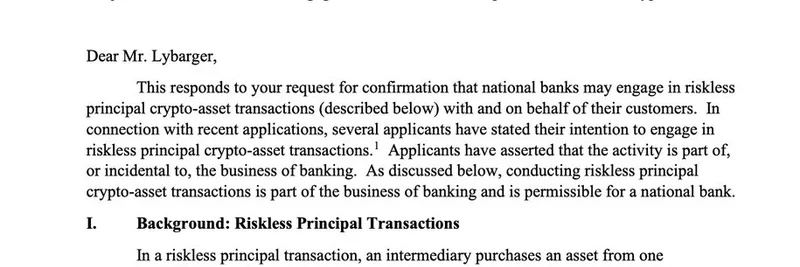In the fast-paced world of blockchain, debates about layer-2 (L2) solutions and their security often spark insightful discussions. Recently, a Twitter thread featuring Anatoly Yakovenko, co-founder of Solana Labs, and Cem Özer, CEO of Sovereign Labs and former Ethereum core developer, shed light on some critical aspects of L2 bridges and escape mechanisms. If you're into meme tokens, which thrive on chains like Solana and Ethereum L2s, understanding these concepts can help you navigate risks and opportunities in the ecosystem.
The Spark: Anatoly's Take on L2 Limitations
It all started with Yakovenko pointing out what he sees as misconceptions among L2 supporters. He highlighted that most existing Ethereum L2s rely on a permissioned multisig—a group of trusted parties who can control the system through majority agreement. This setup allows them to override the bridge contract (the smart contract that connects the L2 to Ethereum's main layer-1 or L1) without warning. In simple terms, a bridge is like a secure tunnel that moves assets between chains, but if it's controlled by a multisig, it's not fully decentralized.
Yakovenko also clarified that the "escape hatch"—a safety feature letting users withdraw assets if something goes wrong—isn't inherent to the L2 itself but to the bridge. Interestingly, he suggested there's no technical barrier to building a bridge on Solana that treats Ethereum L1 as a Solana "L2," complete with strong escape guarantees. This could flip the script, making Ethereum assets more accessible on Solana without needing changes to Ethereum's protocol. As zero-knowledge (ZK) proofs for Ethereum L1 improve, this becomes even more feasible.
For meme token enthusiasts, this matters because many viral tokens launch on Solana for its speed and low fees, or on Ethereum L2s for Ethereum's security. A more seamless bridge could mean better liquidity and fewer rug-pull risks when moving assets between ecosystems.
Cem's Counter: Rollup Design Makes the Difference
Özer jumped in to add nuance, emphasizing that escape hatches depend on the rollup's design. Rollups are a type of L2 that bundle transactions off-chain and post summaries to the L1 for security. In Sovereign SDK rollups—a framework from Sovereign Labs—forced transactions (mandatory inclusions to prevent censorship) are enforced at the rollup's state transition function (STF) level, not just the bridge.
Yakovenko responded that the bridge contract ultimately enforces the STF, but Özer clarified: the bridge acts as a light-client, verifying the rollup's state without running full computations. Rollups have full nodes, just like L1s, that can see the canonical (official) state verifiably.
This back-and-forth highlights a key advantage of Sovereign rollups: bridge upgrades only affect tokens secured by that specific bridge, not all assets on the rollup. Plus, multiple bridges with varying security models can coexist, giving users choices.
Community Questions and Deeper Insights
The thread drew replies from the community, probing for more details. One user asked if enforcing at the STF level limits user flexibility—Özer pushed back, asking why they thought so, implying it actually empowers users by decentralizing control.
Another questioned how STF-level enforcement boosts security or autonomy over bridge-based methods. Özer explained that it isolates risks: a bridge issue doesn't jeopardize the entire rollup, and diverse bridges allow tailored security for different assets.
Why This Matters for Meme Tokens and Blockchain Practitioners
Meme tokens often live on the edge of innovation, where speed meets speculation. Discussions like this reveal how projects like Sovereign Labs are pushing for simpler, more secure rollups that could host the next wave of meme coins without the baggage of centralized bridges. If you're building or trading in this space, keeping an eye on Solana-Ethereum interoperability could unlock new strategies.
For more on blockchain tech and meme token insights, check out our knowledge base at Meme Insider. What are your thoughts on L2 security—Solana's approach or Ethereum's ecosystem? Drop a comment below!


